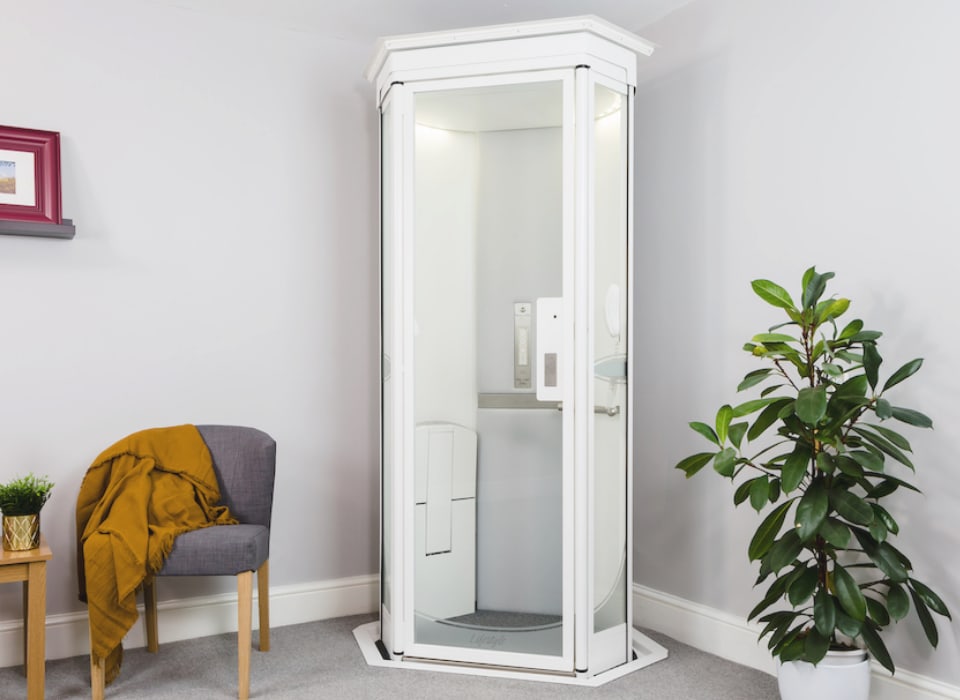Looking Into the World of Lifts: Typical Problems Encountered by Various Lift Devices
As we browse with the upright transportation systems of modern buildings, lifts stand out as an essential element of our daily lives. From hydraulic lifts to grip systems and machine-room-less designs, each lift type comes with its collection of usual issues.
Hydraulic Elevators
Hydraulic elevators, typically chosen for low-rise buildings, utilize fluid pressure to regulate the activity of the elevator vehicle (lift repair companies). This device involves a hydraulic pump pushing oil into a cylinder, creating the elevator to relocate the desired direction. While hydraulic elevators are understood for their silent and smooth operation, they do include their very own collection of common concerns
One common problem with hydraulic lifts is oil leakage. The seals in the hydraulic system can put on out in time, resulting in oil infiltration. This not just creates a mess but can likewise influence the elevator's performance if left unaddressed. Furthermore, concerns with the control system, such as defective shutoffs or a malfunctioning pump, can trigger interruptions in the lift's activity.
Routine upkeep and punctual repair services are necessary to ensure the smooth performance of hydraulic lifts. By attending to these usual problems proactively, structure proprietors can lessen downtime and guarantee the safety and security and efficiency of their vertical transport system.
Grip Elevators
When thinking about upright transportation systems in structures, one more common kind other than hydraulic elevators is the grip elevator. Grip elevators operate making use of a system of ropes and counterweights that move the elevator cars and truck by grasping onto the hoist ropes. This device enables for smoother and quicker upright transport compared to hydraulic systems.
One of the typical issues encountered by grip lifts is rope wear. The consistent movement of the ropes within the traction system can cause tear and wear over time, potentially creating the elevator to breakdown or come to be harmful for use. Normal evaluations and upkeep of the ropes are essential to guarantee the elevator's correct functioning and safety.
One more problem that traction lifts may run into is associated with the control system. Issues with the control system can result in issues such as unpredictable motion, delays in response times, or perhaps full closures. Regular testing and maintenance of the control system are crucial to protect against such issues and guarantee the lift's dependability.
Machine-Room-Less (MRL) Lifts

One of the crucial parts of MRL elevators is the compact gearless traction equipment that is installed within the hoistway. This maker successfully drives the lift cars and truck without the demand for bulky equipment discovered in traditional traction lifts. In addition, MRL elevators generally use a counterweight system to stabilize the cars and truck, further enhancing their power efficiency.
Regardless of their benefits, MRL elevators may encounter obstacles associated with maintenance and fixing as a result of the constrained area for equipment installment. Access for servicing components within the shaft can be limited, calling for specialized training for specialists. Correct upkeep schedules and normal inspections are vital to ensure the continued smooth operation of MRL lifts.
Overloading and Weight Restriction Issues
Overloading and weight limitation issues are crucial issues in elevator operations. Lift makers style raises with particular weight abilities to make sure guest safety and devices longevity.
When lifts are overloaded, it places extreme stress on the motor, cable televisions, and various other parts, potentially causing malfunctions or malfunctions. Safety and security devices such as sensing units and overload sensing units remain in location to click here for more stop elevators from relocating if they discover excess weight. Additionally, exceeding weight restrictions can cause enhanced power consumption and deterioration on the elevator system.
To alleviate overloading problems, building supervisors should plainly display weight limitations in elevators and inform owners on the value of adhering to these limitations - lift repair companies. Normal maintenance checks by certified professionals can also help make certain that lifts are operating within risk-free weight parameters. By attending to overloading and weight restriction concerns proactively, structure proprietors can improve lift safety and security and efficiency
Electric System Failings
Surpassing weight restrictions in elevators can not only bring about mechanical issues yet additionally potentially add to electrical system failures within the lift framework. Electric system failures are an important problem in elevator procedure, as they can trigger unforeseen closures, breakdowns, and even safety dangers. One usual electric concern is the getting too hot of components due to extreme present circulation brought on by straining the lift past its ability. This can lead to damage to the circuitry, control, or electric motor systems, causing pricey repair work and downtime.
Routine maintenance and assessments are essential to determine and address prospective electrical issues quickly, guaranteeing the safe and reliable procedure of lift systems. By sticking to weight limits and carrying out regular electrical system checks, structure owners can reduce the danger of electric failures in elevators.
Conclusion

Hydraulic elevators, frequently favored for low-rise structures, use fluid pressure to control the activity of the lift auto.When taking into consideration upright transportation systems in buildings, an additional typical type aside from hydraulic elevators is the grip lift. Grip elevators operate making use of a system of ropes article source and counterweights that relocate the lift vehicle by gripping onto the hoist ropes. Unlike typical elevators that require a different device room to house the tools, MRL lifts integrate most of the parts within the shaft, removing the need for a dedicated maker space.In final thought, elevators face typical problems such as hydraulic breakdowns, traction system failures, and electric system problems.